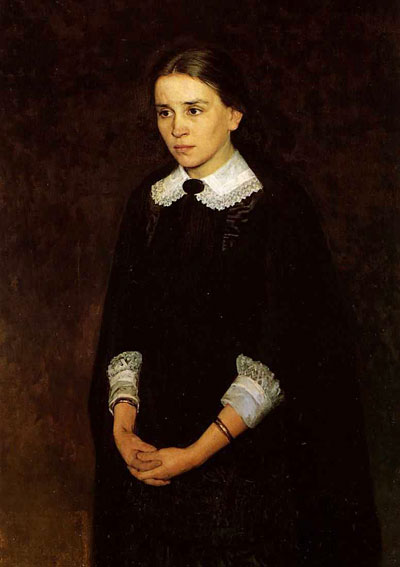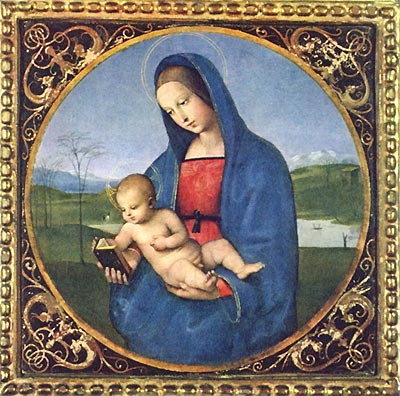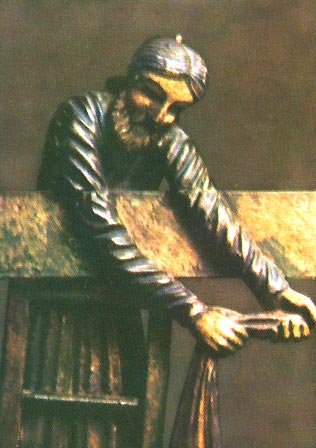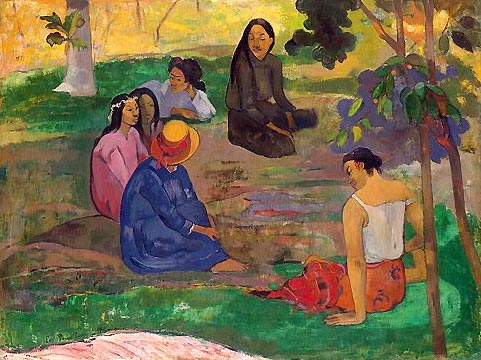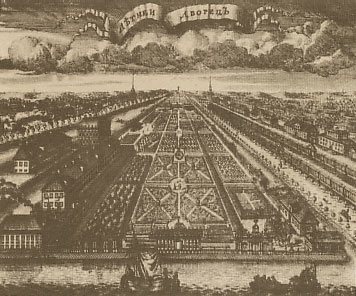Artwork India
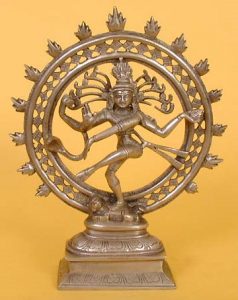 The creation of artistically designed household items is one of the oldest art forms in India. Its impact is mighty, because it brings a person a great aesthetic joy, it refines the taste. Applied art enjoyed the deep love of the people. Tools, household items, military equipment and a religious cult are richly and ingeniously embellished. The producers were numerous artisan castes.
The creation of artistically designed household items is one of the oldest art forms in India. Its impact is mighty, because it brings a person a great aesthetic joy, it refines the taste. Applied art enjoyed the deep love of the people. Tools, household items, military equipment and a religious cult are richly and ingeniously embellished. The producers were numerous artisan castes.
Thus, the artistic decoration of handwritten books became especially skillful in the 16th – 17th centuries. It demanded the finest skill of calligraphers, miniaturists, gilders and bookbinder decorators. Each manuscript is the result of the work of dozens of craftsmen. Such books were collected in the palace libraries, to which only rich people had access.
For the manufacture of art products used a variety of materials: wood and nutshells, clay, metals, semi-precious stone (eg marble), semi-precious and precious, pearls, corals, shells, bone (especially ivory), horn, tortoiseshell, cotton, wool , goat down, vegetable fiber, silk, leather – in a word, almost everything that rich Indian nature gave. Fabric dyes (in particular, indigo) became famous for durability and beauty of shades for the whole world, and the famous Indian damask steel had no equal. In the colonial era, some types of artistic crafts disappeared and were revived only after the country achieved independence in 1947.
In ancient and medieval India, almost every family was engaged in spinning and weaving. The most widely distributed were embroideries, printed cloths, carpets, and a variety of fabrics were made. India is the first in the world to cultivate cotton. The thinnest fabrics from it were appreciated in ancient Babylon, Rome. They received figurative names: “woven air”, “flowing water”, “evening dew”, as they became almost invisible in water or on dewy grass.
Fabrics decorated with embroidery, painting, printing patterns (printing patterns with carved wooden stamps) and in other ways. The use of stamps by hand and placing the details of the pattern on the eye created a pictorial play of colors and lines, which made every thing truly artistic, devoid of dry and deadening accuracy of the machine stencil. Sometimes the curtains or curtains depicted scenes of a wedding train with a bride riding a bull carriage, accompanied by musicians and other participants in the festivities. All figures are graceful, flexible, postures and gestures are truthfully conveyed.
In the 19th century, the glory about the fine woolen shawls of Kashmir spread to the whole world. For them, the threads were spun from goat down and, with the help of small shuttles, were interwoven with the warp threads stretched on vertical looms. For each color, we took a separate weft thread and its own shuttle. The most complex multi-figured scenes were transmitted with such skill that this would envy a painter! The Kashmiri shawls were so thin that they passed through the ring.
Until now, India has preserved the production of gold (brocade) fabrics, which have long been famous for Banares. A silk gold-woven scarf is presented in the State Museum of Oriental Art. Vertical rows of trees are woven on a gold background with colored silk. Between them, swings take off with a pair of young people in lush bright robes. The graceful figure of a galloping gazelle, a parrot flying from a tree, flowers on long curving stems are full of life. This kind of plot motive, singing the joy of lovers among jubilant nature, is one of the most popular in ancient Indian literature, folklore, painting.
The craft of woodcarver, the technique of artistic carving, still exists today in many parts of India. Especially valuable tree species are excellent material due to the strength, beauty of texture – red, pink and ebony, rosewood, fragrant sandalwood. Wooden furniture is often encrusted with ivory and mother of pearl, as well as brass wire. Applied and overhead jewelry made of metal. Production of screens with exquisite openwork carvings and reliefs flourishes in Kashmir. Carving decorate ebony tables, manufactured in the south of the country. In bone inlays of low polygonal tables, various forms of caskets, boxes and drawers, geometric and stylized floral designs are successfully combined with figures of animals and people, with elements of the landscape. Especially vital is the image of an elephant, this revered jungle giant, who, being tamed, faithfully serves man, distinguished by intelligence and hard work. Here is the hero of Indian mythology – the god of thunder and storms, Indra, is racing on a white elephant, symbolizing a thunderstorm cloud.
